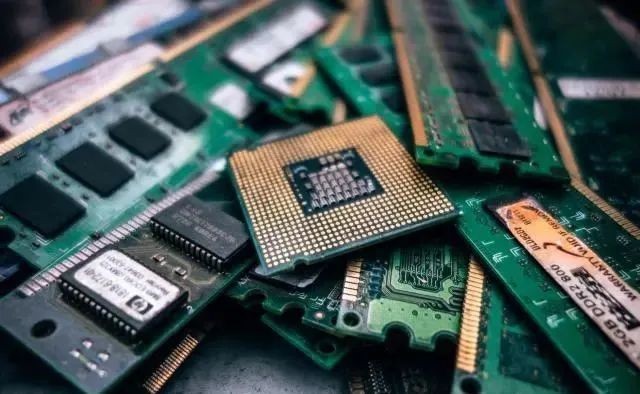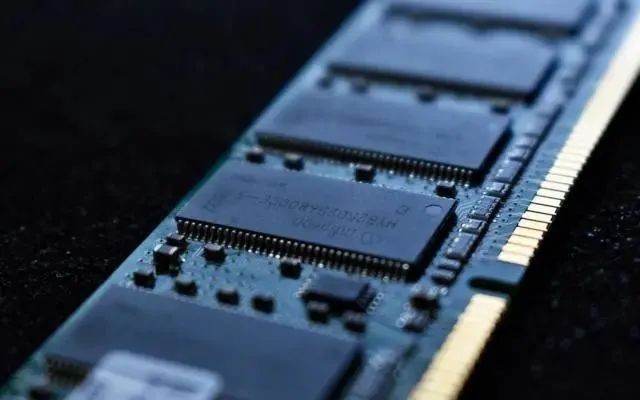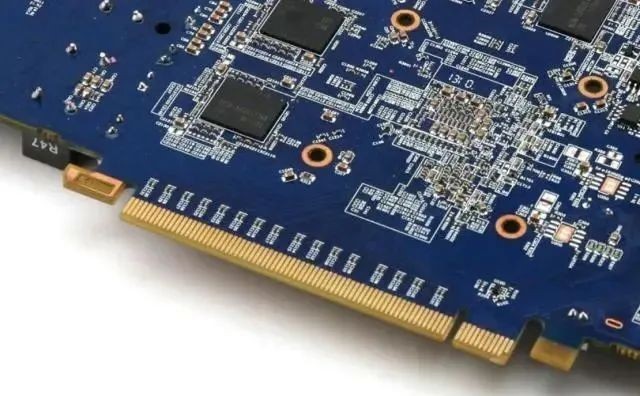On computer memory and graphics cards, we can see a row of golden conductive tactics called "golden fingers". The golden finger (or Edge Connector) in the PCB design and production industry serves as an outlet for the board to connect to the network through the connector. Next, let's understand the processing method and some details of the gold finger in PCB.

Surface treatment of Goldfinger PCB
1、Electroplating nickel gold: thickness up to 3-50U ", because of its superior conductivity, oxidation resistance, and wear resistance, is widely used in the need frequent insertion and removal of Goldfinger PCB or the need for frequent mechanical friction on the PCB board, but because of the high cost of gold plating so only used in Goldfinger and other local gold plating treatment.
2. Immersion gold: usually, the thickness is 1u“ to 3U". Because of its superior conductivity, flatness, and weldability, it is widely used in high-precision PCB boards with keys, binding IC, BGA, and other designs. For the golden finger PCB with low wear resistance, you can also choose the whole gold technology. The cost of EING's process is much lower than the cost of electroplating. The color of immersion gold is golden yellow.

PCB Goldfinger details processing
1) In order to increase the wear resistance of gold fingers, gold fingers usually need to be plated with hard gold.
2) Goldfinger needs chamfering, usually 45°, other angles such as 20°, 30°, etc. If there is no chamfer in the design, there is a problem; The 45° chamfer in PCB is shown in the figure below:

3) Goldfinger needs to do the whole solder mask opening treatment, PIN does not need stencil;
4) The minimum distance between the immersion tin and immersion silver pads and the fingertip shall be 14mil; It is recommended that the pad should be more than 1mm away from the finger during design, including the through-hole pad;
5) Do not lay copper on the surface of Goldfinger;
6) All layers of the inner layer of Goldfinger need to shave the copper, usually with a width of 3mm; Can do half finger copper shave and whole finger copper shave.
Is the golden finger "gold"?
First, let's understand two concepts: soft gold and hard gold. Soft gold, generally soft gold. Hard gold is generally a compound of hard gold.
The main role of the gold finger is the connection, so it must have good conductive performance, abrasion resistance, antioxidant performance, and corrosion resistance.
Because the texture of pure gold (gold) is relatively soft, the golden fingers generally do not use gold, but only a layer of "hard gold (gold compound)" on it. In this way, it can not only obtain good conductive performance but also make it wear-resistant and antioxidant performance.

So have PCB used "soft gold"? The answer is of course used, such as the contact surface of some mobile phone keys, and aluminum lines on the COB(Chip On Board). The use of soft gold is generally used for electroplating nickel gold on the circuit board, and its thickness control is more flexible.



 whatsapp
whatsapp